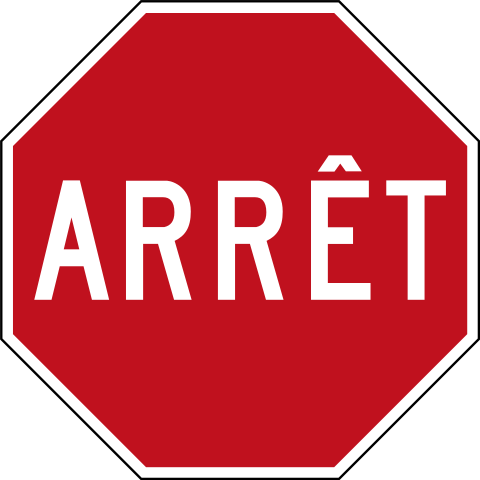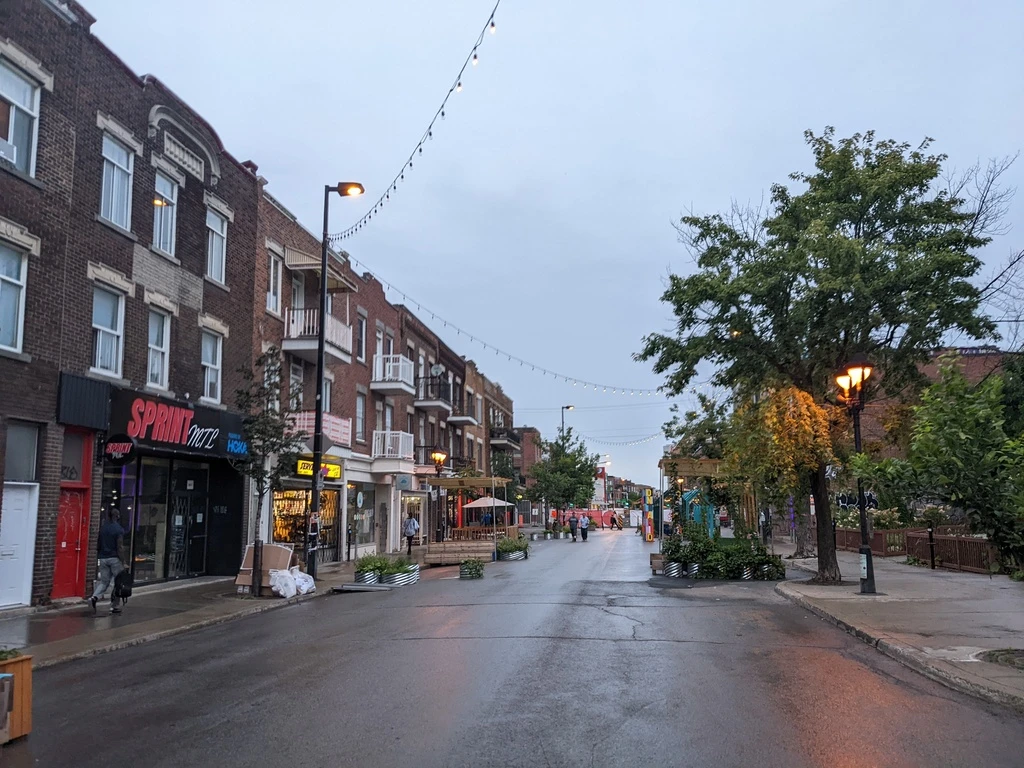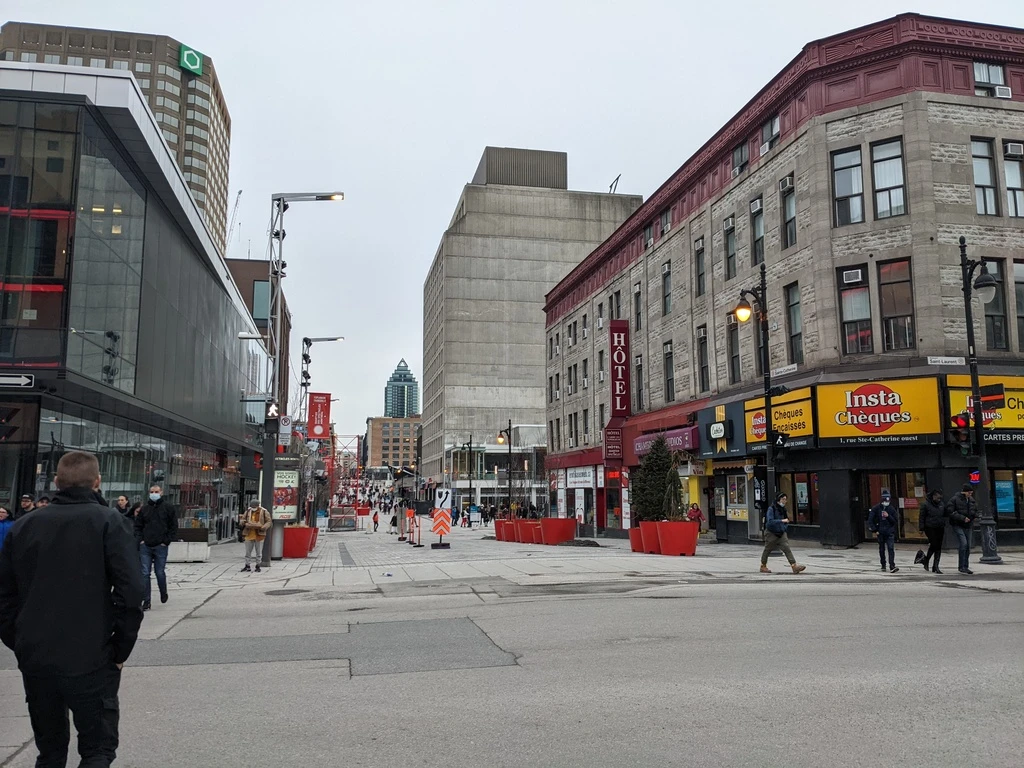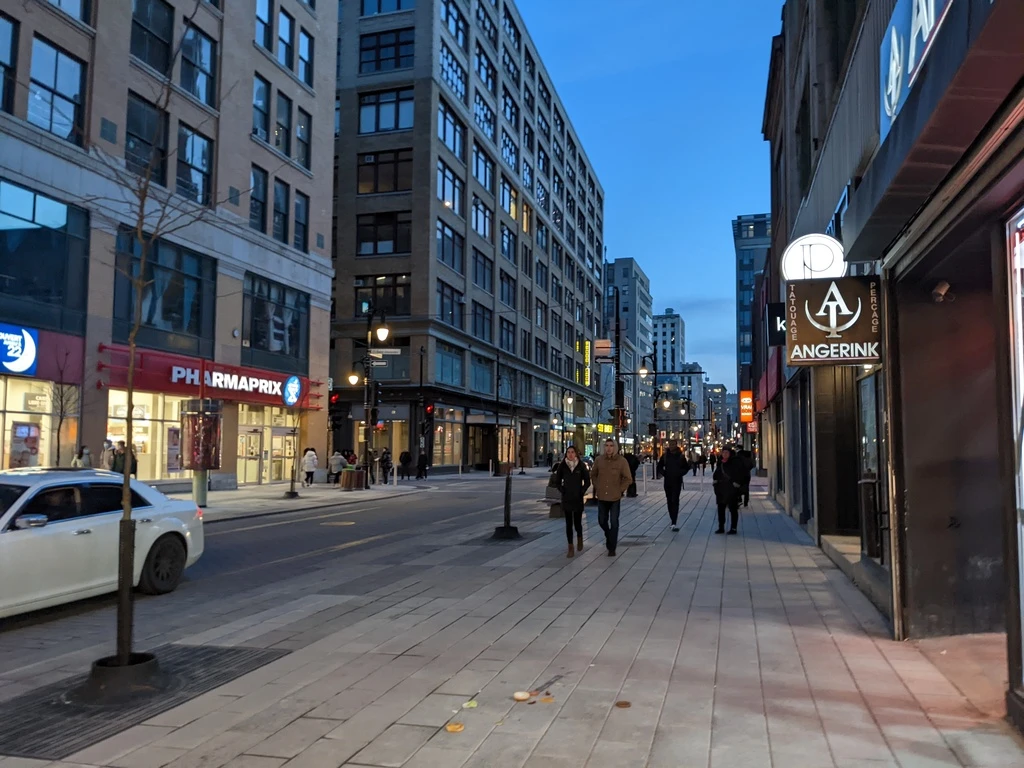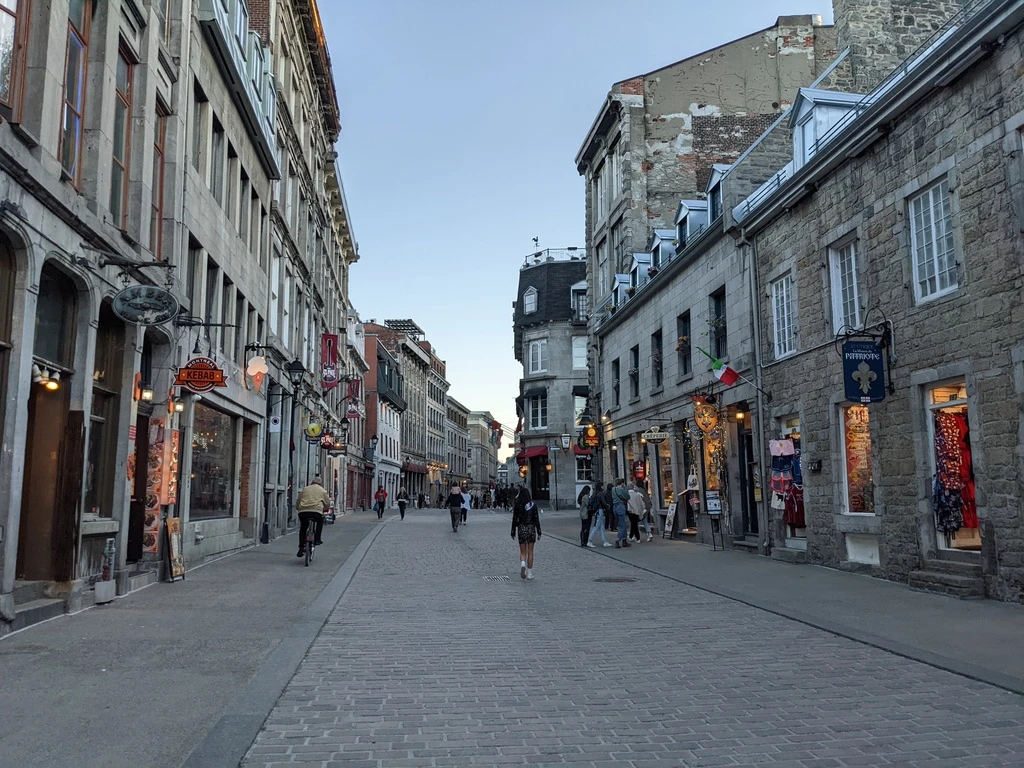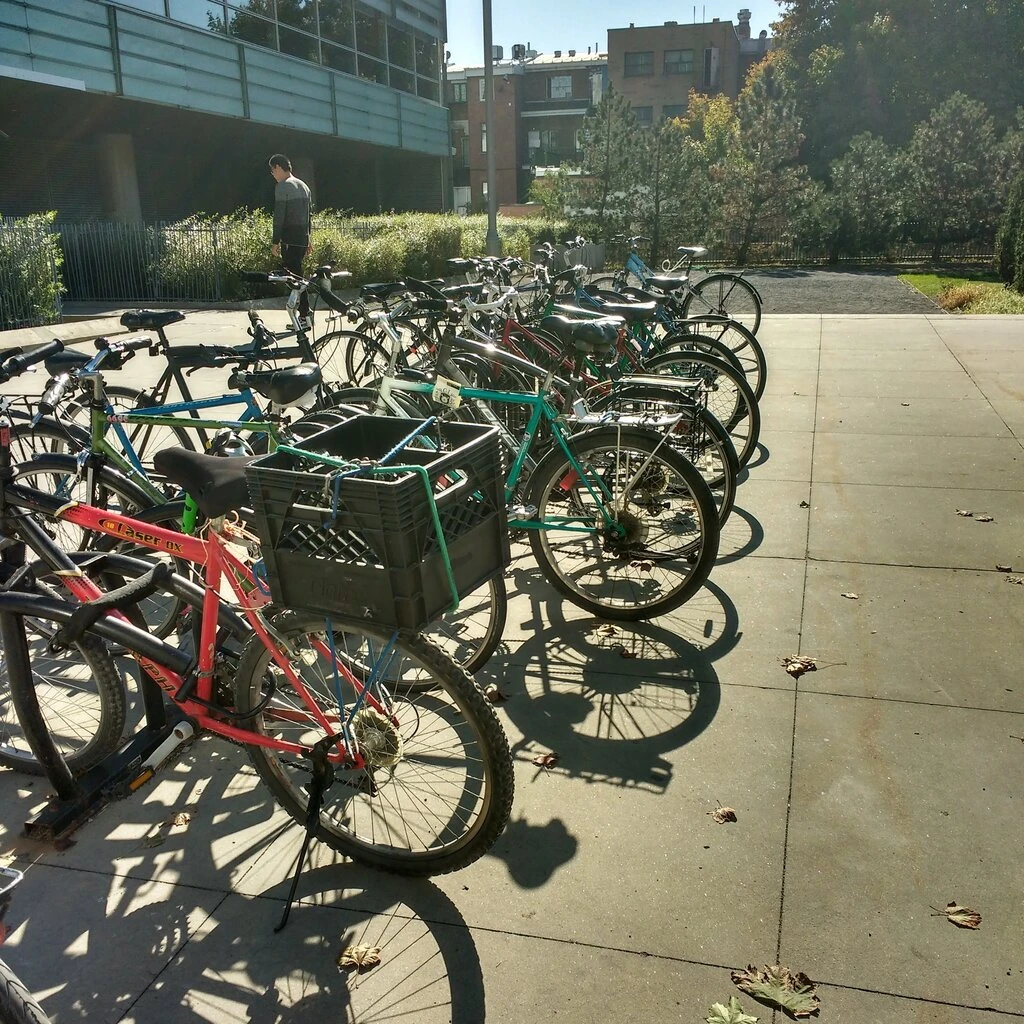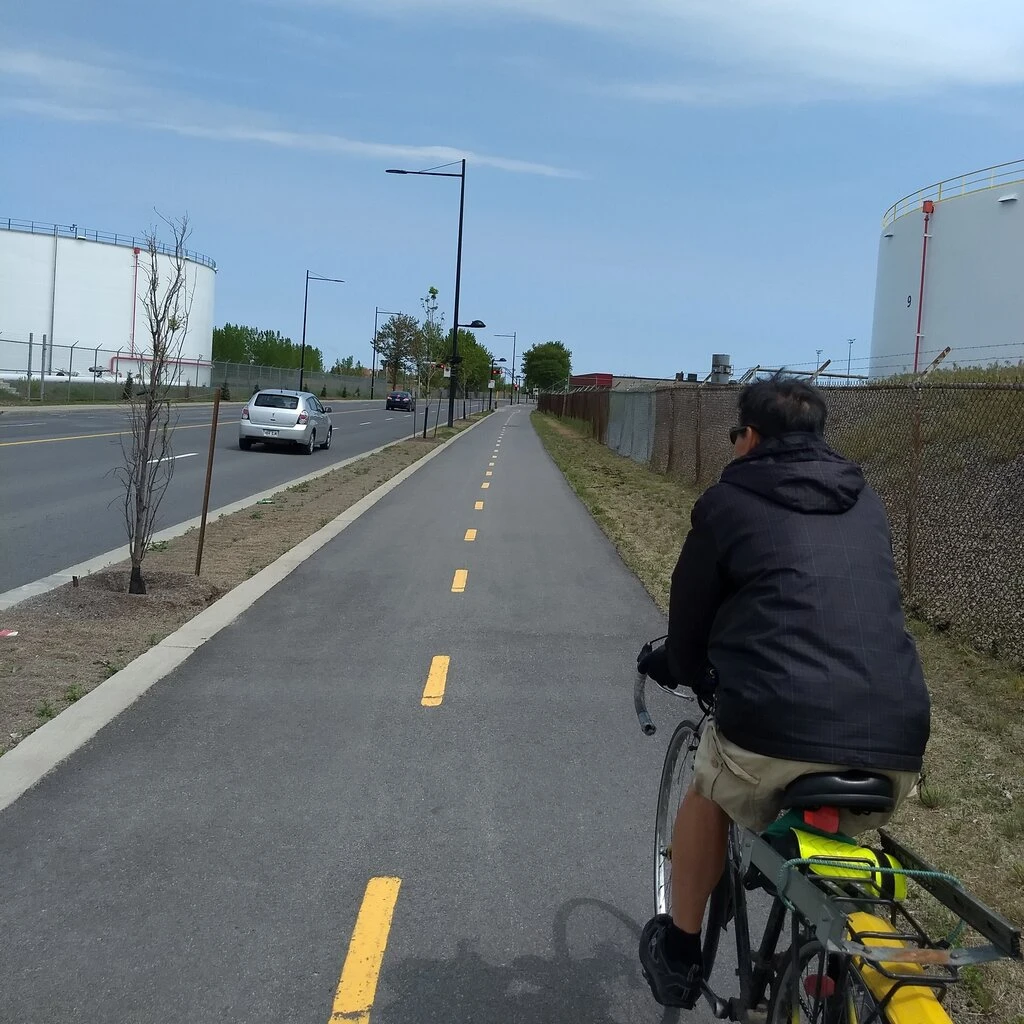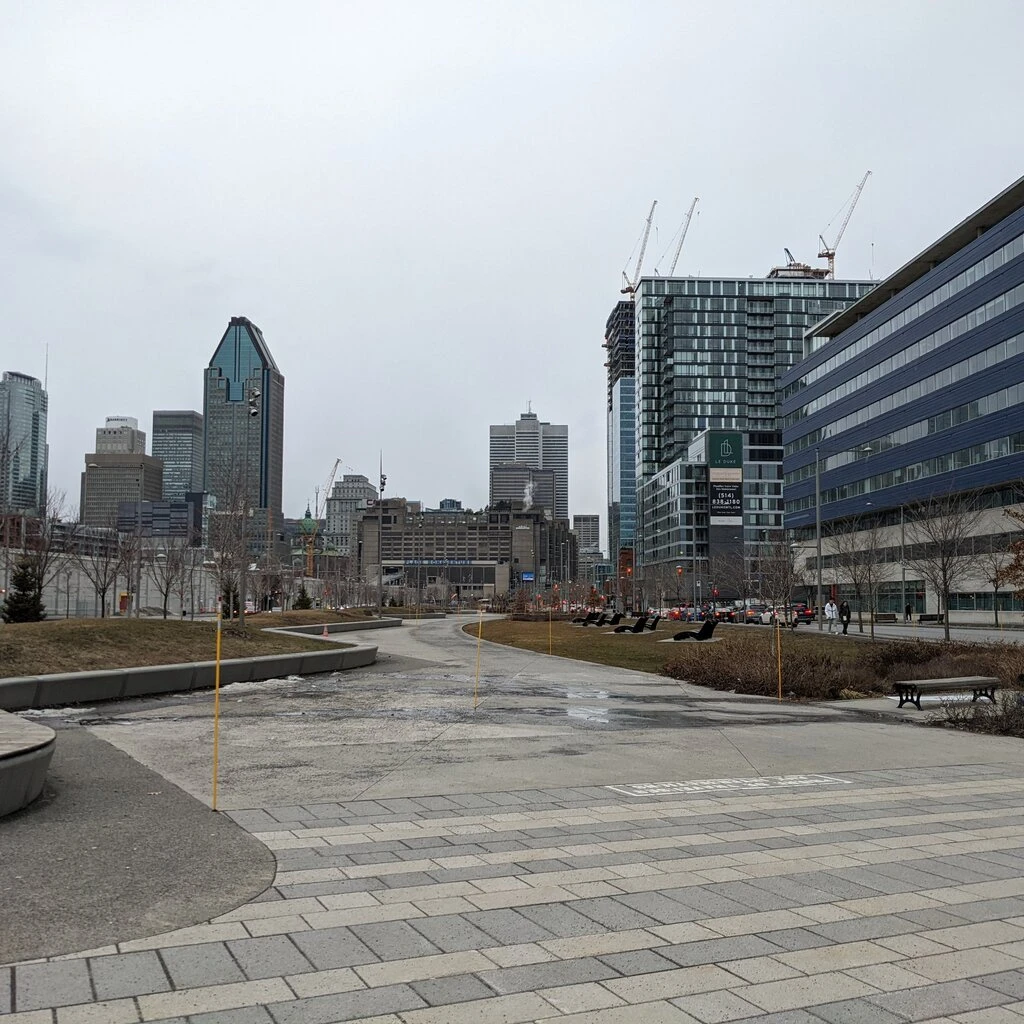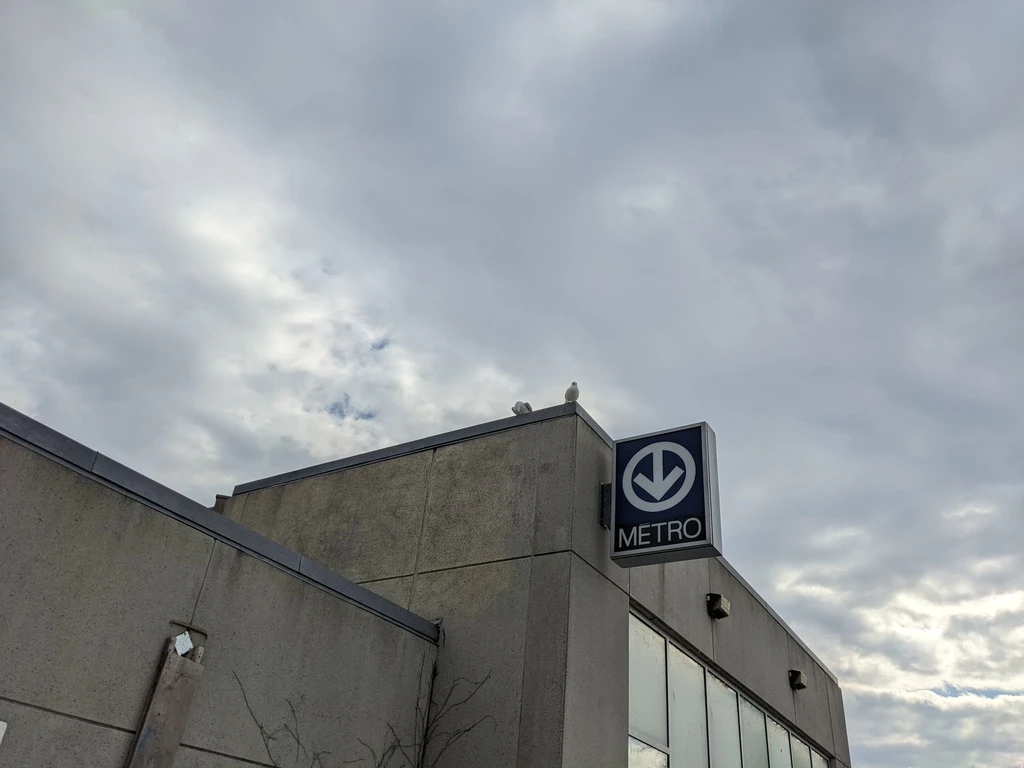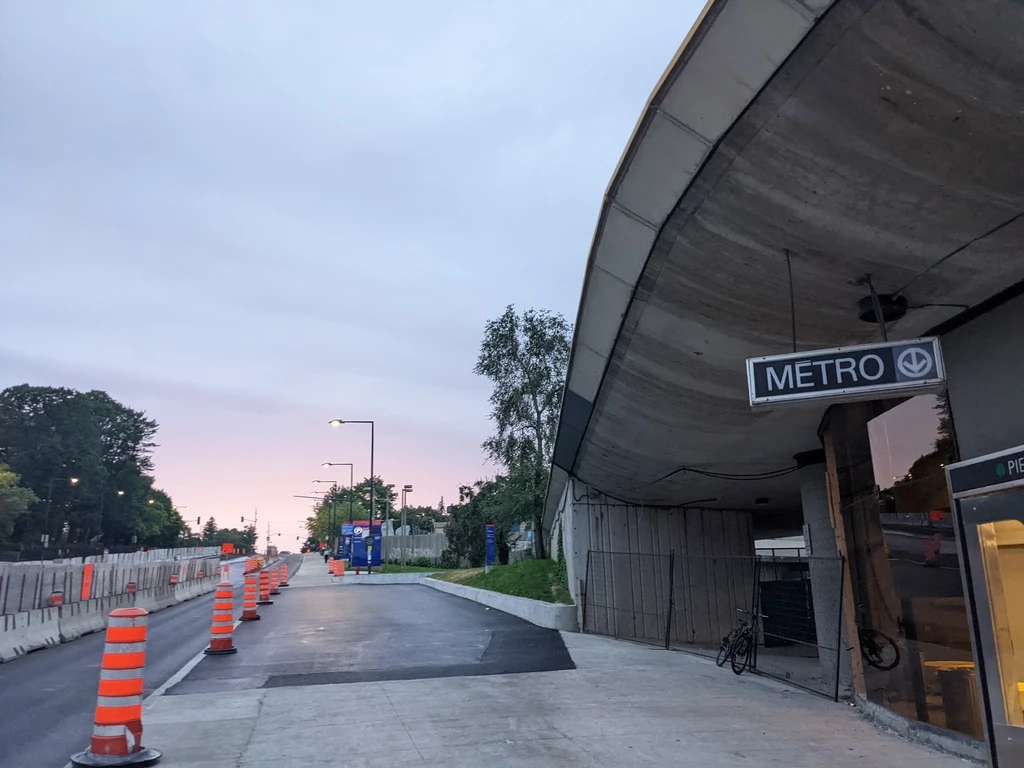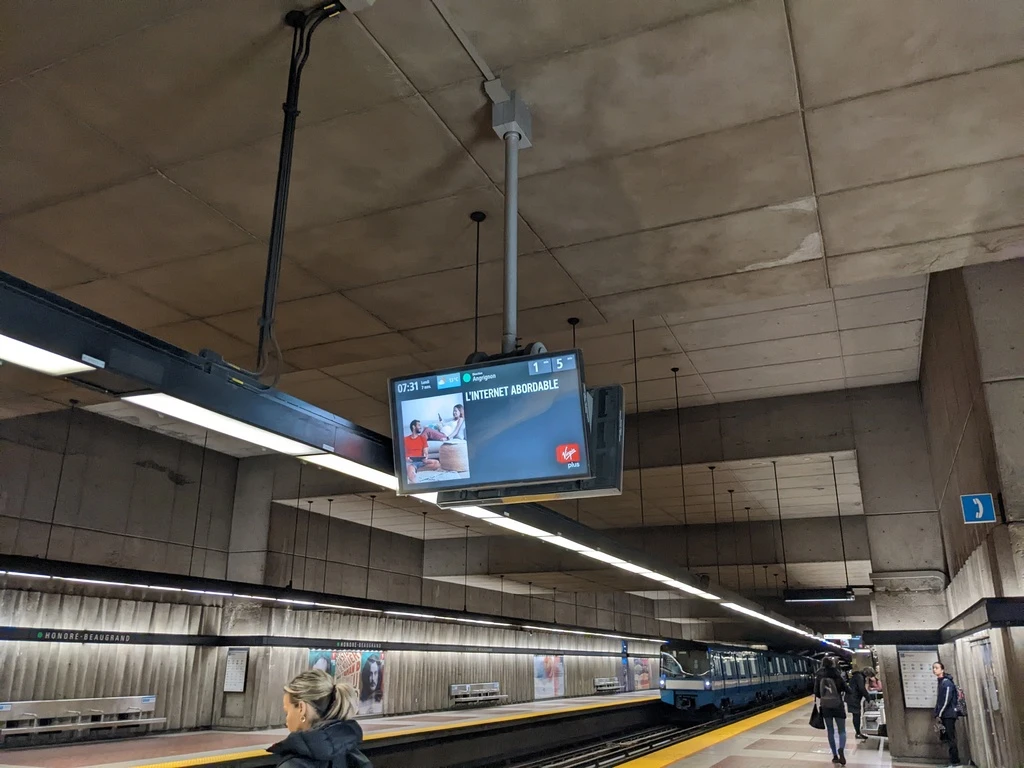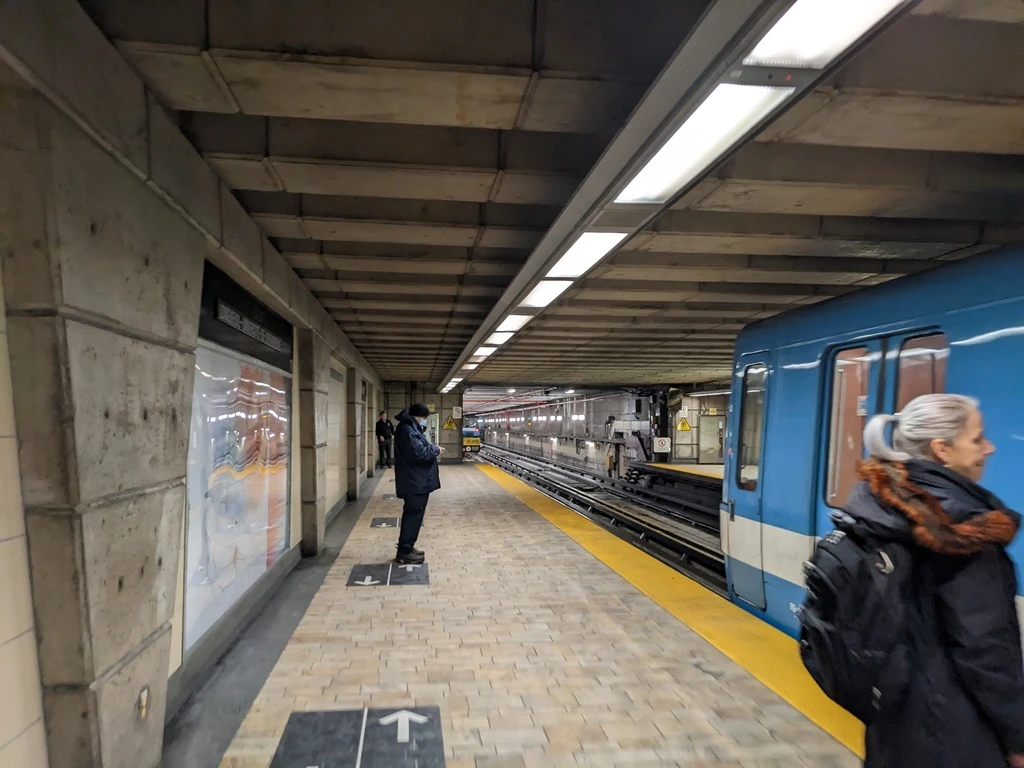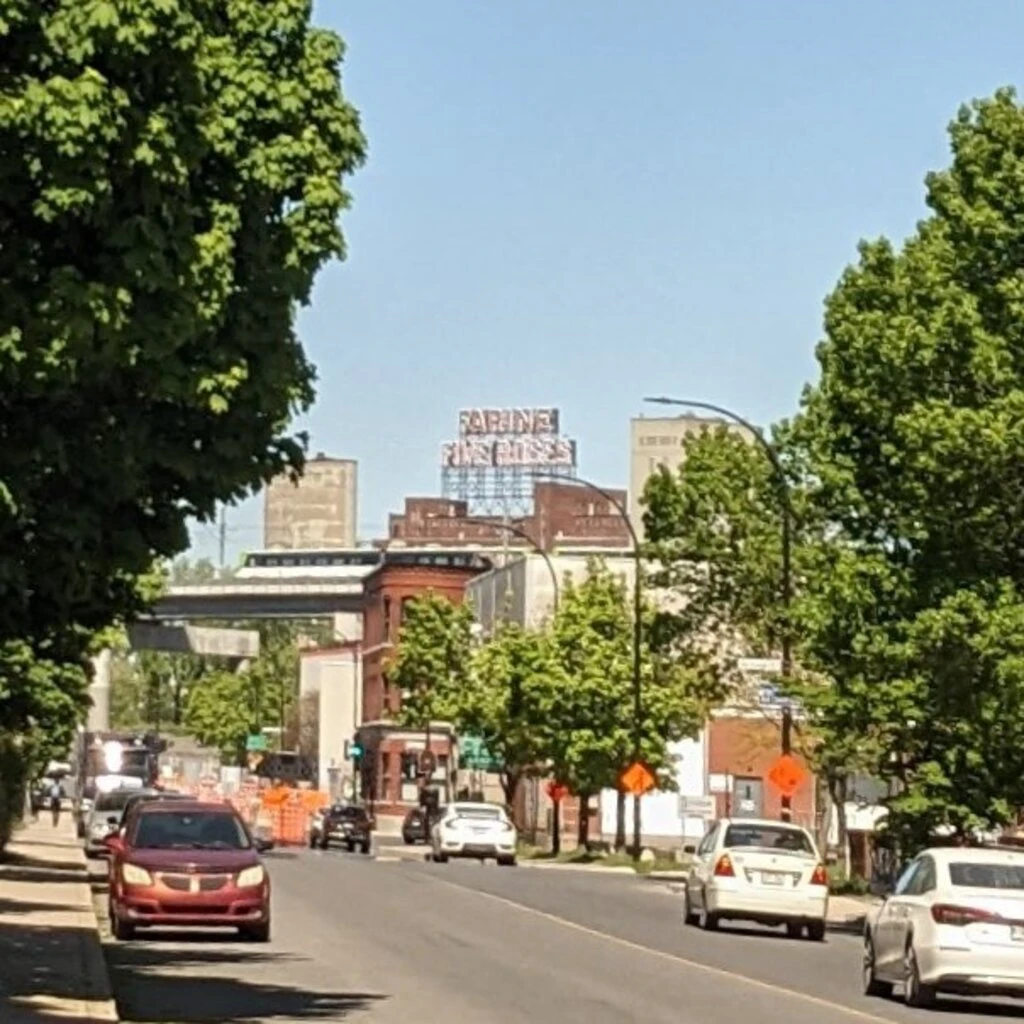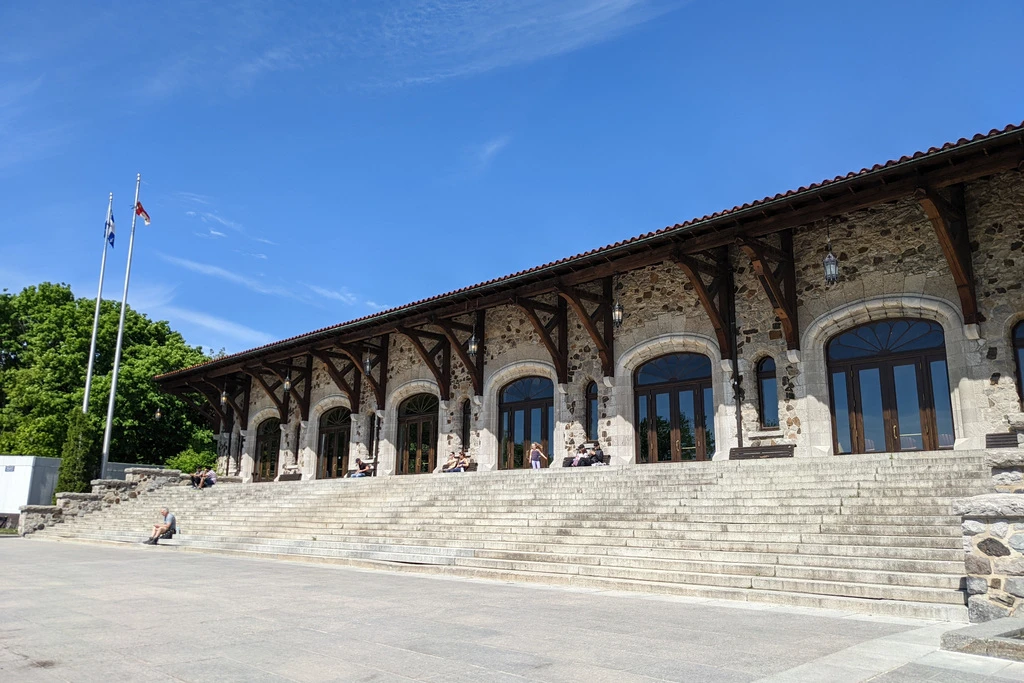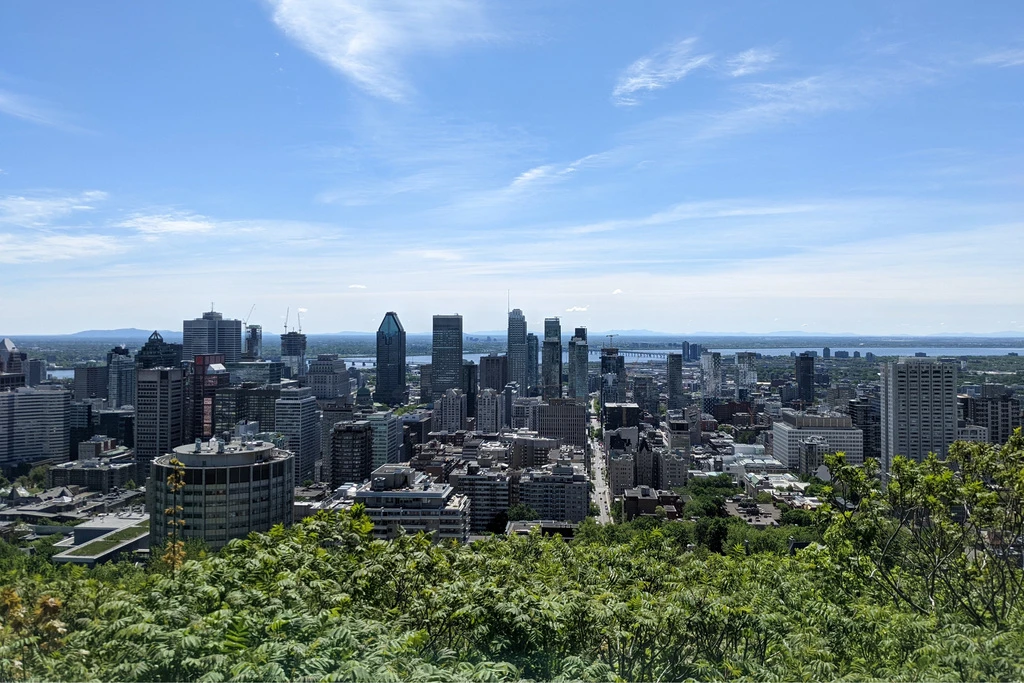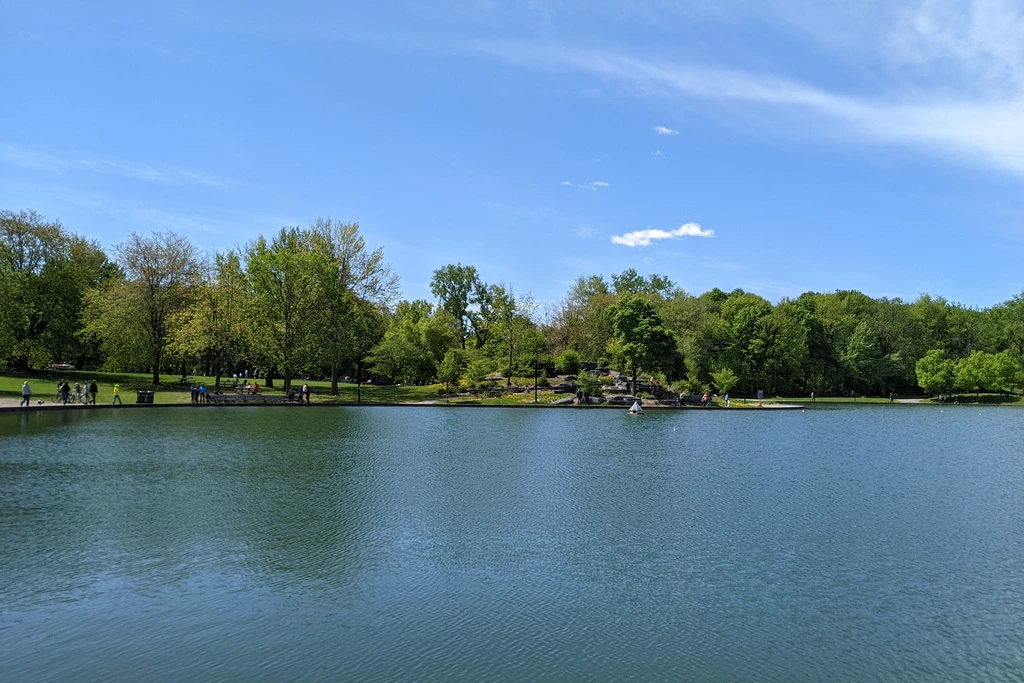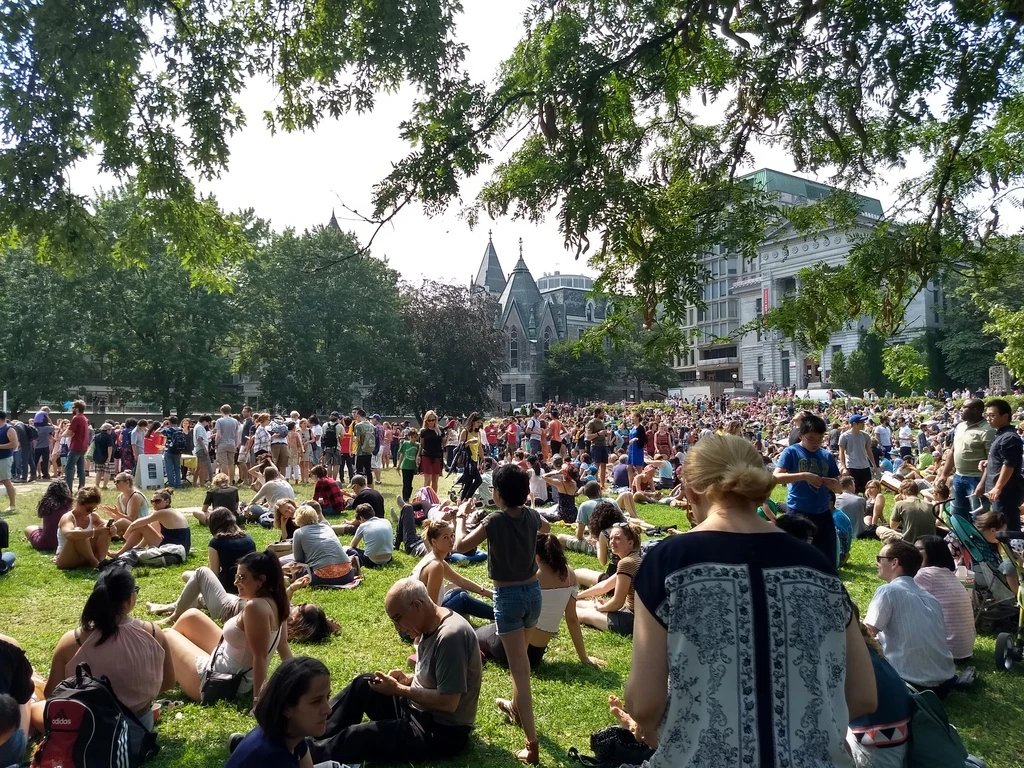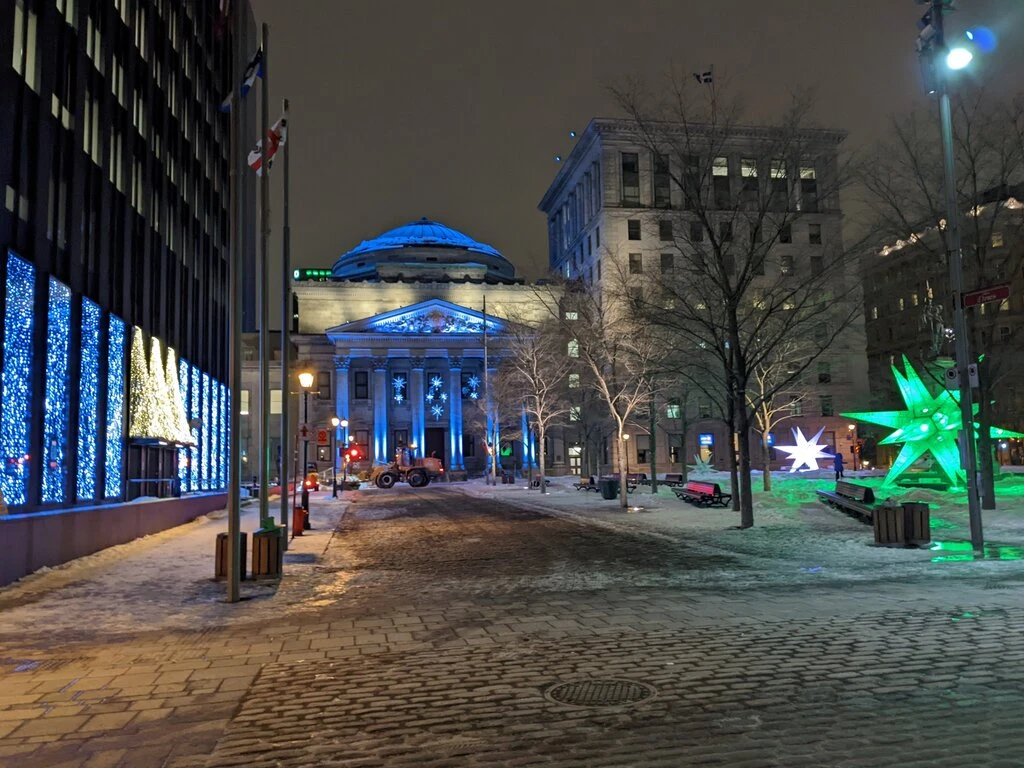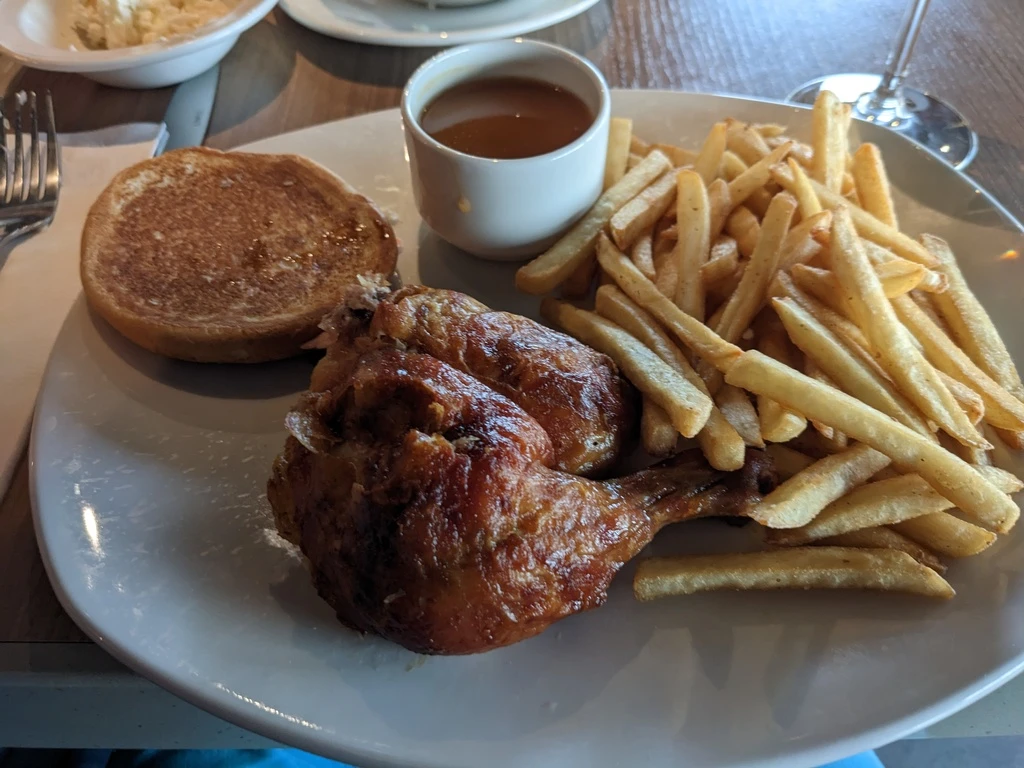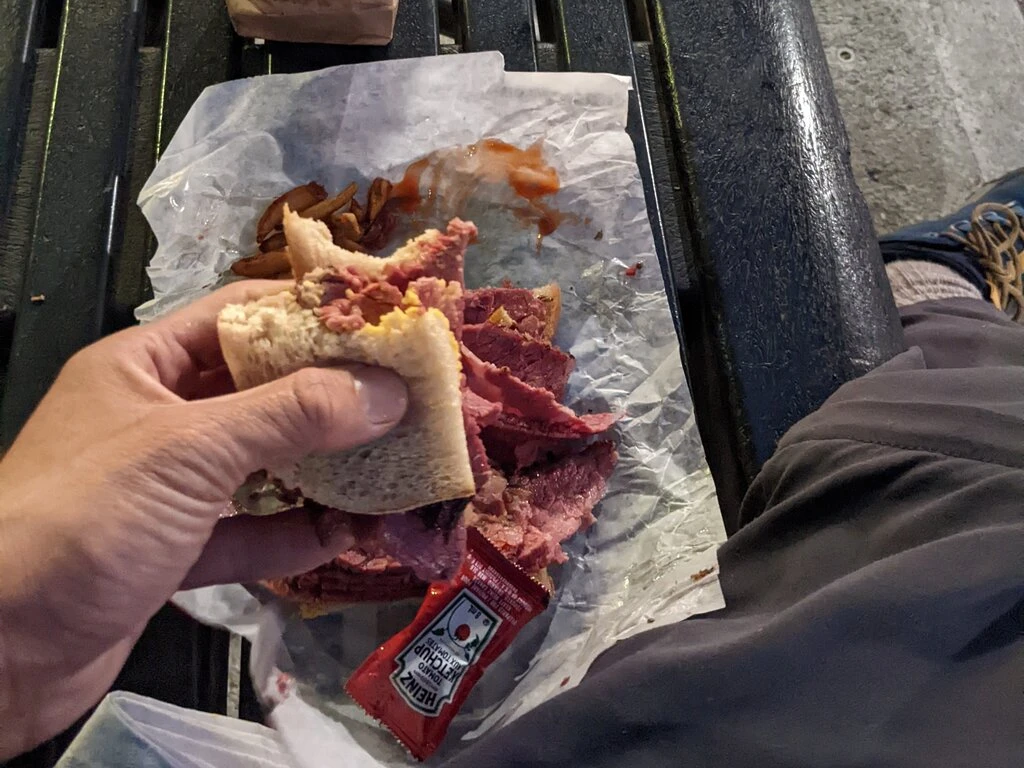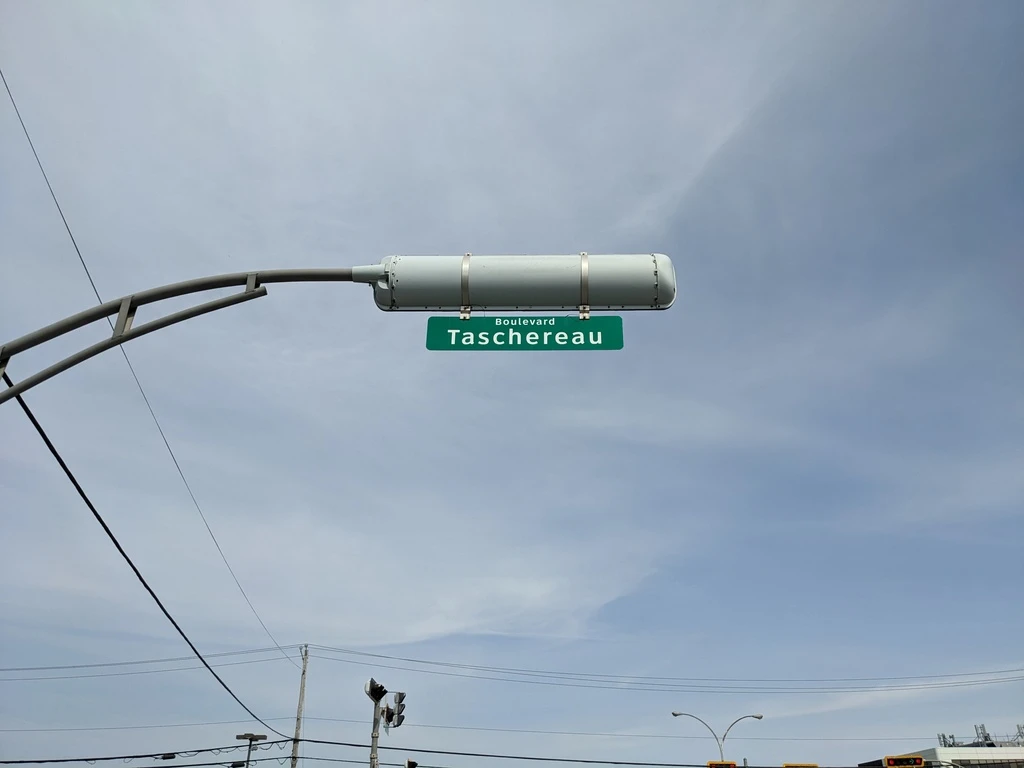Table Of Contents
People always ask me what to do when visiting Montreal. I did grow up in Montreal. But, I haven’t lived in Montreal since 2007. Though I’ve been back pretty often, things have changed. I’ve tried to look up the current state, but I am definitely out of date on some things.
I have pictures of a lot of places now, because cellphones, but not so many of Montreal, because I mostly lived here before I had a cellphone. Still, I found some pictures from the archives, which I’ve included here.
Language
I’m writing this in English, so I should mention something about language. Canadians should speak French (yet, outside Québec, it’s hard to get practice—but don’t forget about the million Canadians who do). But one can get along in Montreal quite well without speaking French, especially as a tourist. Service staff will be able to speak to you in English.
There was a kerfuffle a few years ago about “Bonjour/hi” as a greeting. Some Québecois purists don’t like it. Quebec is not a bilingual province.
Walking
My #1 suggestion is to go for a stroll on Sainte-Catherine. Even when the weather is pretty hostile (February!) there are still at least some people walking around. There are cars (some parts are pedestrian-only some of the time now) but there are also lots of people on the sidewalk. There are tons of stores. The most commercial part is between St. Laurent and Peel.
These days, many streets are “rues piétonnes” (pedestrian streets) in the summer. Sounds like a great initiative, but I haven’t experienced most of them. I can speak first-hand to the area on Ste-Catherine in the Quartier des Spectacles and the Gay Village, starting from Place-des-Arts and going east on Ste-Catherine for a while. There is a page about pedestrian initiatives for Ville-Marie (downtown). I also saw Rue Wellington in Verdun, but not at great length.
I should mention also mention the Boulevard St. Laurent here. There is a lot of nightlife on St. Laurent and, to a lesser extent, St. Denis. Historically I feel there were too many cruising cars and not enough people walking.
Biking
Even 30 years ago, Montreal had pretty good bicycle infrastructure. Now it is even better. I’ve heard it described as “dreamy” by someone at King Street Cycles in Waterloo. There is tons of segregated infrastructure; even when I was a kid, it was possible to bike from my parents’ place to downtown almost all off-street, along Notre-Dame (parallel to the Fleuve St-Laurent). It’s been forever since I’ve been on it, but I seem to recall separate walking and biking paths.
bixi is an extensive (docked) bikeshare system. It includes some ebikes. It’s a good way to get out on a bicycle, though not a great choice for, say, riding around the island.
Montreal’s bike infrastructure includes winter biking: 218km of segregated infrastructure and 499km of painted bike lanes. The summer total is 901km. Some parts in the periphery are summer-only bike lanes (i.e. open to cars in winter).
Lachine Canal
The Lachine Canal bike path is the best quick ride if you’re on a visit. It’s green and by the water. Bike to the Parc René-Lévesque at the end, have a picnic, and bike back. The path also connects to bicycle infrastructure at the Vieux-Port. Maisonneuve is a straight-line ride through downtown.
Around the island
You can ride north on Christophe-Colomb to the northern shore of the island and the Rivière-des-Prairies. It’s not particularly pretty, but it is also a straight line.
One longer ride is to start from downtown, ride north, and then east on Gouin along the river, turning back when you get to the eastern tip of the island and then back along Notre-Dame. It’s mostly segregated or on low-traffic roads.
It’s also possible to do a complete tour around the island, but that gets to be a bit of a long bike ride. There isn’t much commerce going around the island, but there are dépanneurs and, on a bike, you would be able to find (fast-food) restaurants to avoid starvation.
Getting around
Sure wouldn’t want to drive around Montreal (parking is difficult, it’s slow, too many cars). Fortunately, transit is good for most trips. Metro stations were individually designed; the more out-of-the-way stations are more interesting looking. There used to be a website that reviewed Montreal metro stations.
There is a weekend STM pass which is quite cheap, though many times I get it and don’t actually use transit, or I just use it to take the 747 in from the airport.
The REM regional train network is coming soon, but I don’t know much about it.
Neighbourhoods
Unlike in the “other” section below, I can speak at least a bit to these neighbourhoods.
-
Rue Ontario (Mercier-Hochelaga-Maisonneuve): I grew up further east than this, but my spouse lived near here for a while. This is a more working-class neighbourhood. The Marché Maisonneuve is one focal point of the neighbourhood, though it’s not quite contiguous with Rue Ontario. Place Simon-Valois is right on Rue Ontario. I think there is a car-free part here now.
-
The Plateau Mont-Royal: Avenue Mont-Royal Est from St-Denis to Papineau is stereotypical Montreal, and the mayor Valérie Plante was borough mayor here before winning city-wide election. Unlike downtown, it doesn’t have office workers, but it has tons of cafés and restaurants, as well as clothing stores and other non-chain commerce. I’ve never lived in the Plateau myself. Hipsters? Find them here.
-
Gay Village: Ste-Catherine east of Berri. Lots of restaurants and other establishments. Lively.
-
Marché Atwater (Sud-Ouest): There’s a cluster of good restaurants if you leave Lionel-Groulx metro and walk south on Av. Atwater to Rue Notre-Dame Ouest. vin papillon and Joe Beef are famous. Also next to the Atwater Market (haven’t been there much) and the Lachine Canal bike path.
-
Rue Wellington: In Verdun, close to the Marché Atwater. Don’t know it super well, but looks interesting. Somehow Verdun has always been up-and-coming but never getting there? Is a rue piétonne.
-
Rue St. Hubert: Also don’t know it that well. Has its own look, with porticos over the sidewalk for a part. Close to the Marché Jean-Talon (the most famous public market in Montreal) and also to Christophe-Colomb.
Points of Interest
- Mount Royal: Montreal’s highpoint. From the Kondiaronk Belvedere, views of downtown and the Fleuve. Some elevation gain; lots of stairs. Also there is Beaver Pond. I think you can do stuff on the hill in winter.
- McGill: the main campus is a bunch of green in the middle of downtown (as opposed to the University of Waterloo, which has a diminishing amount of green not that close to urban Waterloo or Kitchener). I spent a lot of time in the basement of Burnside Hall (Society of Undergraduate Math Students) during my undergrad. Didn’t spend much time in the Arts Building, which is the signature building. Had an office in McConnell Engineering as a grad student and postdoc.
-
BanQ: the national (Québec) library is great, located right downtown, though you don’t get wifi access if you don’t have a library card (free for Québec residents). Also located next to the Village and also St-Denis/Ste-Catherine.
-
Vieux-Port: old buildings (on the North American scale)? we got ’em. Basilique Notre-Dame is the famous church right in the middle of it. There’s also City Hall and the Bonsecours Market, which is next to the Notre-Dame-de-Bon-Secours chapel.
-
Oratoire St-Joseph: notable building on the skyline. You can visit.
-
Olympic Stadium/Jardin Botanique/Biodome: also notable building on the skyline and a symbol of Montreal, besides the mountain. Sports complex. You can go up the tower or walk around the botanical gardens.
Restaurants
Sorry, been too long to give meaningful recent news. I do try to get smoked meat Schwartz’s Deli when I am nearby, as well as bagels from either St.-Viateur or Fairmount. Still-open classics include Schwartz’s and Chalet BBQ. Moishes was famous, but I never did manage to get to the location on St.-Laurent; a new location, under new ownership, is supposed to open in summer 2023. Beauty’s is a famous brunch place; went there once.
I will mention some chains. St. Hubert is pretty good, focussing on chicken. It is a lot better than Swiss Chalet. La Belle Province is the canonical greasy spoon chain, though near my parents I actually preferred the poutine at Josephine la poutine.
Other
Off-island suburbs include the South Shore and Laval. I haven’t spent much time in Laval at all; I’ve biked there. I have been on the South Shore, but not really at any places that visitors would like. Boulevard Taschereau is my benchmark for bad urban design. There are other such stroads in other cities around the world.
Fireworks
That reminds me, though, of the fireworks competition. L’International des Feux Loto-Québec was sponsored by Benson and Hedges when I was a kid. In 2023 it is on Thursday nights plus one Sunday. I’ve never watched from La Ronde, though you can get tickets to do so. I would usually watch from approximately what is now the Village au Pied-du-Courant, which I’ve also never visited. It was also possible to watch from the bridge or the clock tower in the Vieux-Port, as well as the south shore.
Urbanism
A few years ago, coming back from New Zealand via Montreal, I wrote a comparison of urbanism in Montreal, Wellington, and Waterloo.
